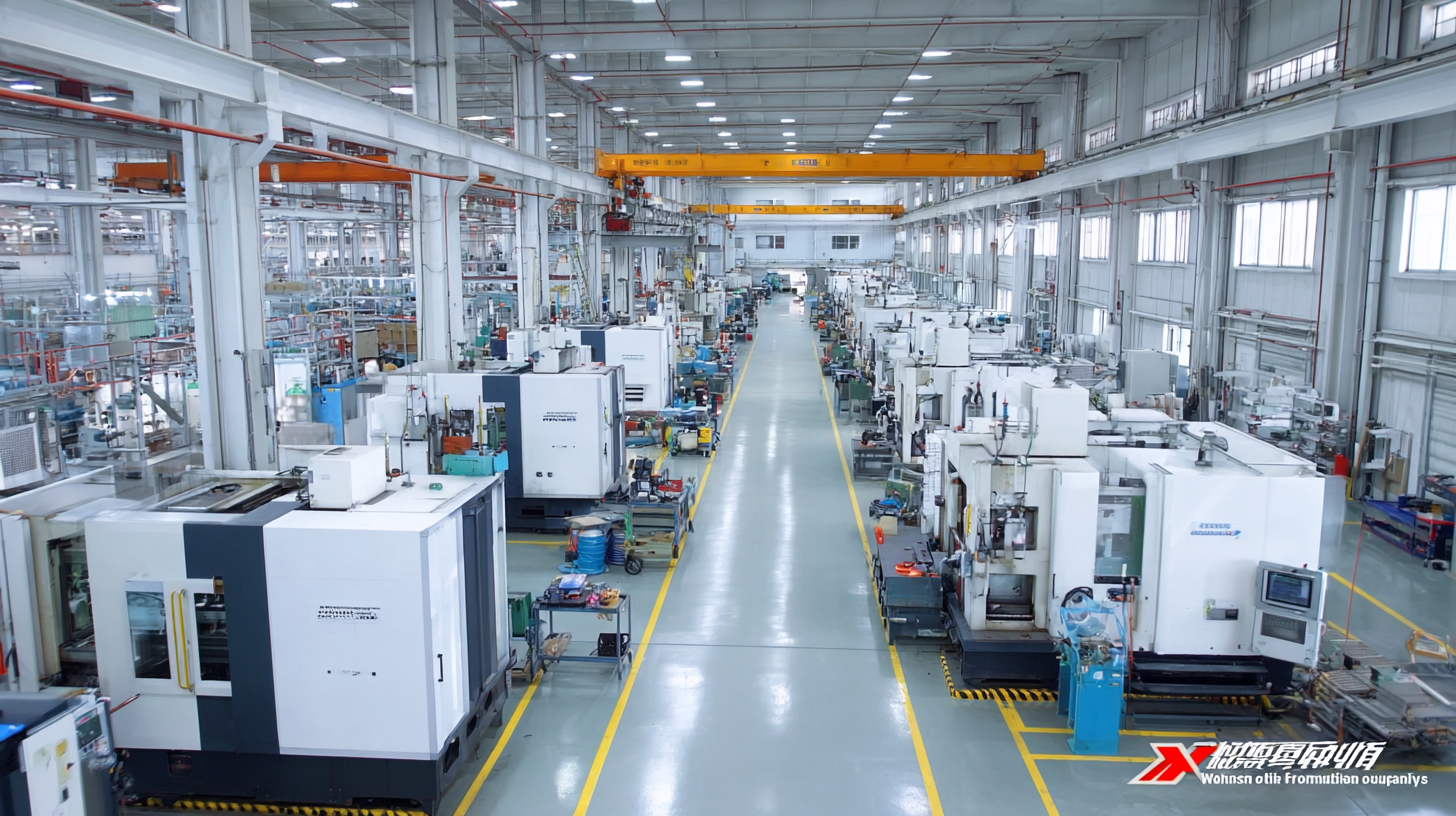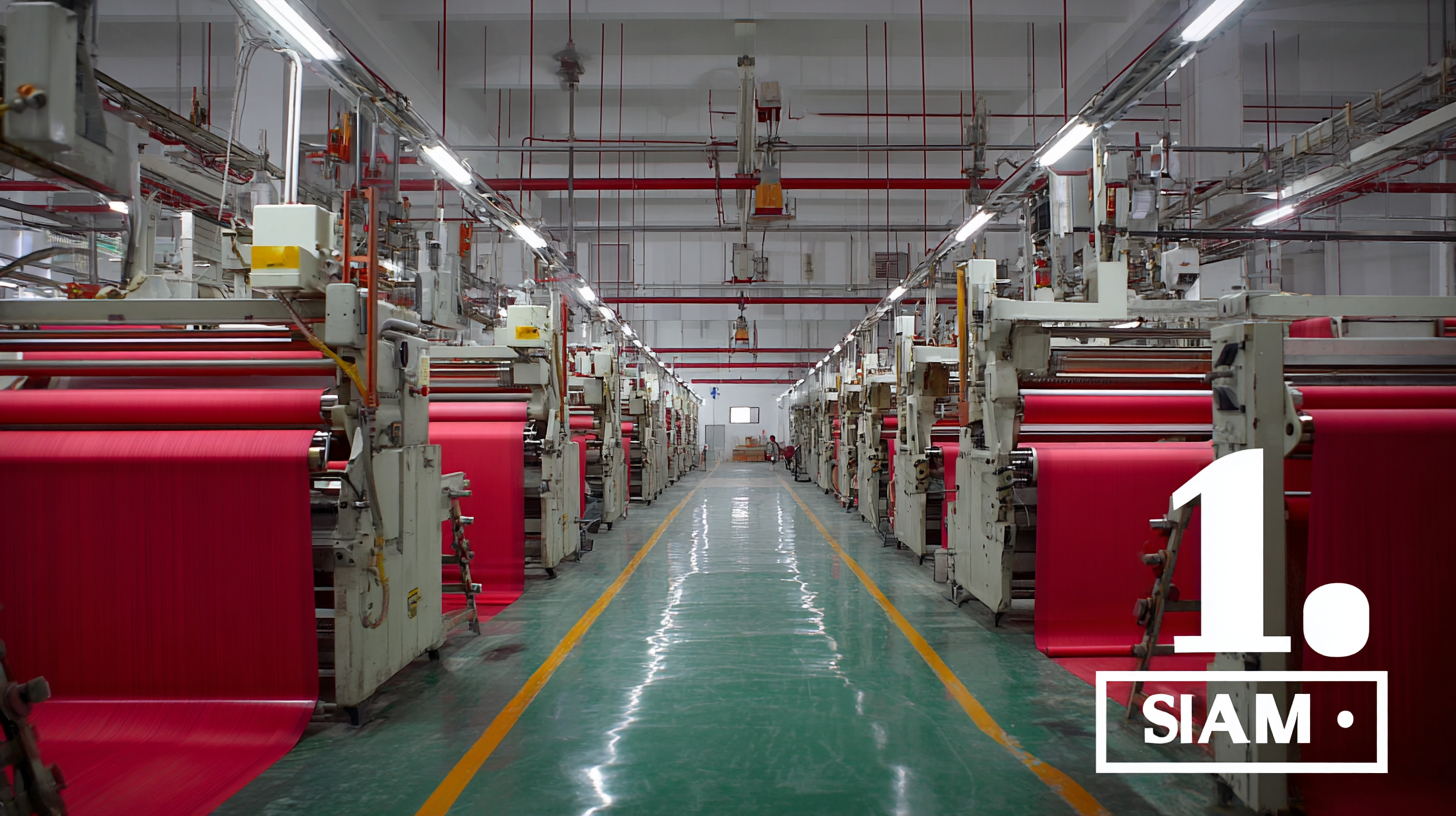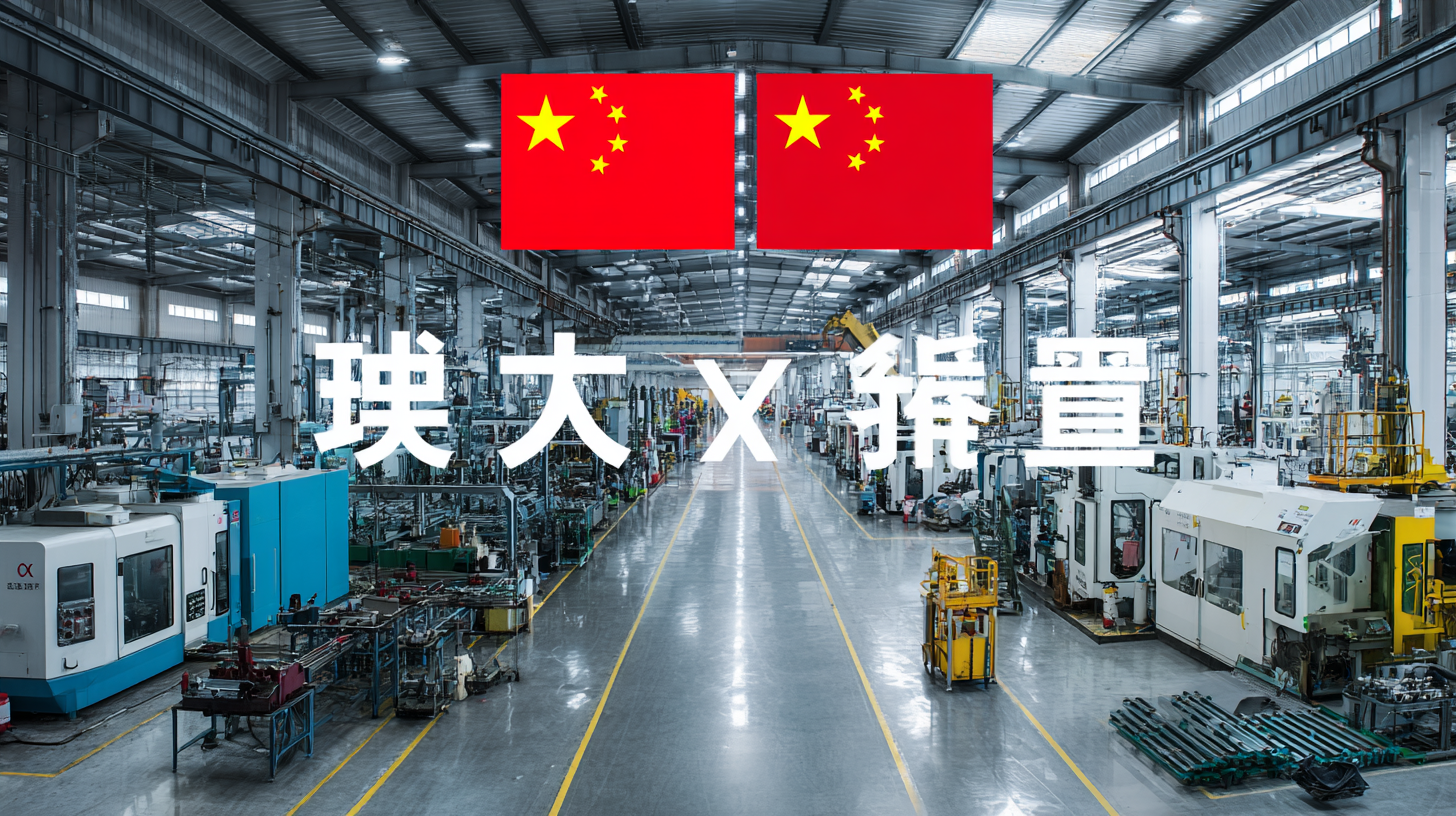
Discovering Excellence in Manufacturing with the Best China Factories for Global Suppliers
As globalization intensifies, the manufacturing landscape continues to evolve, with China emerging as a pivotal player in the production of diverse goods. In 2022, China's manufacturing sector contributed over 28% of the global output, underscoring its critical role in the supply chain for various industries. This dominance is not merely due to cost advantages but is also attributed to advancements in technology, skilled labor, and the capacity to produce a wide range of high-quality products. From electronics to textiles, the characteristics and applicability of products sourced from the best Chinese factories can significantly benefit global suppliers seeking efficiency and excellence. With the right partnerships and understanding of the unique attributes of different product types, businesses can leverage China's manufacturing prowess to enhance their competitiveness in the international market.

Differences in Product Types: Understanding Unique Manufacturing Requirements
In the rapidly evolving landscape of global manufacturing, understanding the unique requirements of different product types is crucial for suppliers. Each category, whether electronics, textiles, or machinery, demands specific expertise and materials. For instance, electronic components often require precision engineering and compliance with international standards, while textiles may emphasize sustainable sourcing and innovative designs. Acknowledging these differences can significantly enhance the collaboration between manufacturers and suppliers.
Tip: When selecting a factory in China, ensure they possess certifications relevant to your specific product type. This can include ISO certifications for quality management or environmental standards compliance. Doing so not only guarantees quality but also helps in easing market entry hurdles.
Additionally, recognizing the technical capabilities of a factory is essential. Different products might require specialized machinery or skilled labor. Investing time in understanding these capabilities can lead to better alignment between supplier expectations and manufacturing outputs.
Tip: Visit potential factories to assess their equipment and workforce capabilities firsthand. Engaging directly with the manufacturing team can provide valuable insights into their processes and innovation potential. This proactive approach helps in forging a robust partnership that can drive excellence in the production journey.

Exploring the Versatility of China Factories for Diverse Product Lines
China has emerged as a global hub for manufacturing, showcasing remarkable versatility across various product lines. According to industry reports, nearly 30% of the world’s manufactured goods originate from China, underscoring its critical role in the global supply chain. This manufacturing ecosystem not only supports established players but also fosters the rise of innovative startups that leverage China's manufacturing prowess. Factories in regions like Guangdong and Zhejiang are adapting quickly, incorporating advanced technologies and materials to produce everything from high-tech gadgets to intricate fashion items, thus meeting diverse consumer demands.
One of the standout examples is the transformation of materials like jute, which traditionally served utilitarian purposes. Recent research indicates a significant shift, with the jute market projected to grow by over 10% annually as designers embrace its eco-friendly qualities. This resurgence in jute signifies a broader trend where manufacturers are exploring sustainable materials, driving both environmental responsibility and consumer interest. The ability of Chinese factories to pivot and innovate in response to these trends demonstrates their integral role in accommodating diverse product lines while meeting the evolving expectations of global consumers.
Key Considerations when Choosing Factories for Specific Product Categories
When selecting factories in China for specific product categories, several key considerations can help global suppliers ensure excellence in manufacturing. First and foremost, understanding the factory's expertise and production capabilities is crucial. According to a report by McKinsey, approximately 70% of successful product launches correlate with thorough supplier evaluations, highlighting the importance of aligning factory competencies with product specifications.
Another critical factor is the factory's adherence to quality control standards. A survey from the China Quality Certification Centre indicates that manufacturers implementing robust quality assurance practices can reduce defect rates by up to 50%. Suppliers should prioritize factories that possess relevant certifications such as ISO 9001, which signals a commitment to maintaining high-quality production processes.
Lastly, assessing the factory's supply chain logistics is vital. A study from Deloitte reveals that efficient supply chain management can result in a 15% reduction in lead times, significantly impacting market responsiveness. Suppliers should engage with factories that have established logistics networks to ensure timely delivery and flexibility in production schedules, ultimately leading to improved operational efficiency and customer satisfaction.
Discovering Excellence in Manufacturing with the Best China Factories for Global Suppliers
| Product Category | Factory Rating | Annual Production Capacity | Production Lead Time | Certifications |
|---|---|---|---|---|
| Electronics | 4.8/5 | 500,000 units/year | 30 days | ISO 9001, CE |
| Textiles | 4.7/5 | 200,000 meters/year | 45 days | OEKO-TEX, BSCI |
| Furniture | 4.6/5 | 50,000 units/year | 60 days | FSC, ISO 9001 |
| Toys | 4.9/5 | 300,000 units/year | 40 days | ASTM, EN71 |
| Automotive Parts | 4.8/5 | 100,000 units/year | 50 days | IATF 16949, ISO 14001 |
Quality Standards and Compliance: Meeting Global Supplier Expectations
In the competitive landscape of global manufacturing, maintaining high-quality standards and ensuring compliance is paramount for suppliers looking to thrive. According to the International Organization for Standardization (ISO), over 1.5 million organizations across 160 countries are certified to ISO 9001, a standard that emphasizes quality management systems. This level of standardization not only facilitates smoother international trade but also reassures customers of a manufacturer’s commitment to quality.
When sourcing from China, global suppliers must prioritize factories that adhere to rigorous quality standards. The 2023 Manufacturing Quality Report indicates that companies implementing robust quality management systems see a 30% decrease in defects and an impressive uptick in customer satisfaction. Therefore, engaging with manufacturers that are ISO-certified or hold similar accreditations is crucial in minimizing risks associated with poor quality products.
**Tips for Global Suppliers:** First, regularly audit your suppliers to ensure they consistently meet the required quality standards. Second, foster open communication to address any potential quality issues proactively. Lastly, consider investing in third-party inspections to further secure the integrity of your supply chain. These steps can lead to enhanced performance and stronger partnerships with Chinese factories.
Innovative Manufacturing Techniques: Enhancing Product Design and Functionality
In the realm of global manufacturing, innovative techniques are revolutionizing product design and functionality. According to a report by the McKinsey Global Institute, companies that adopt advanced manufacturing technologies can witness productivity increases of up to 20%. This surge is largely attributed to the integration of automation and data analytics, which allow manufacturers to streamline operations and enhance the precision of production processes.

Chinese factories are at the forefront of this trend, leveraging cutting-edge technologies such as 3D printing and smart robotics. For instance, a study by PwC highlights that 59% of manufacturing executives in China are already adopting 3D printing to create prototypes faster and reduce material waste. This not only improves the design process but also allows suppliers to respond swiftly to market changes, thereby enhancing functionality in final products.
As global suppliers seek to maximize efficiency and innovation, partnering with the best factories in China becomes an essential strategy for sustainable growth.
